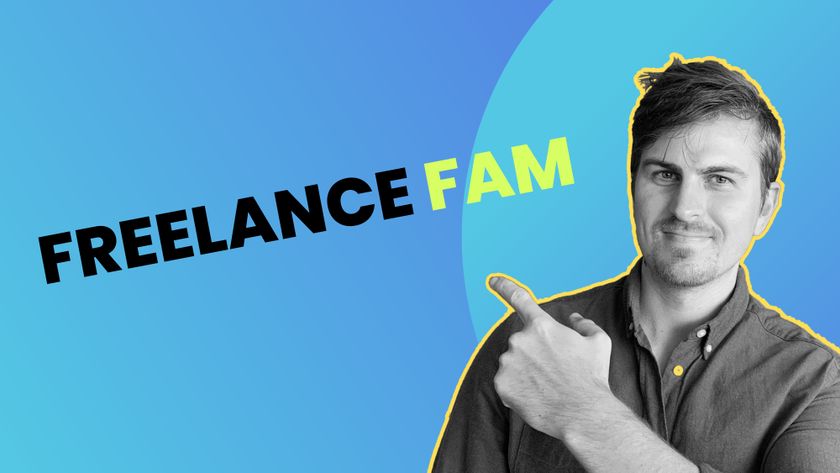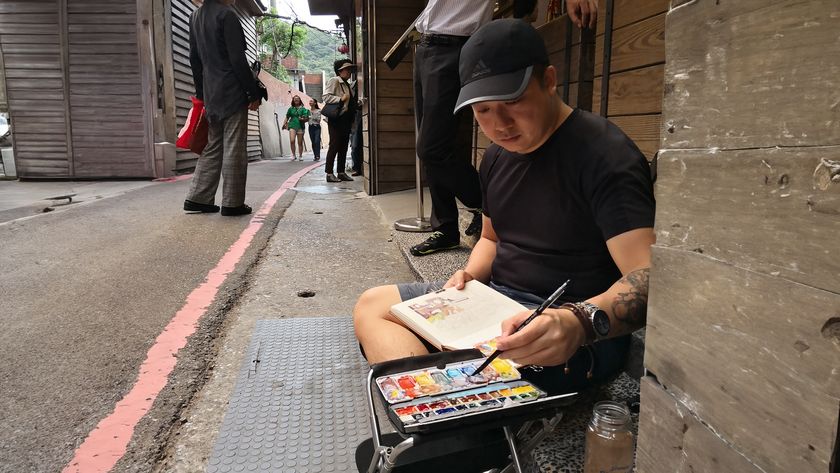How to raise your prices
How to ask clients to pay more money for your creative freelance services, without scaring them off.

Many creatives who go freelance want to build a business that affords them the freedom to choose who they work with and how much they charge. But a recurring topic of conversation with freelancers revolves around the anxiety they have about asking clients for more money.
Figuring out how much to charge can be stressful. On the one hand, approaching clients and asking for more money than they’re used to paying can sour much-needed relationships. On the other hand, if you never increase what you charge, the real value of your income will decrease over time, your income won’t reflect your experience, and, you’ll make less money than you should for your time and skills.
Although it can be stomach-churning, raising prices is simply part of the freelance life. You have to get used to asking for what you’re worth. Here are some tips to help you work out how to raise your prices.
01. Don't go overboard
If your aim is to keep current clients, it doesn’t make sense to increase your prices by a large amount all at once. If you haven’t raised prices for five years, you might feel justified in putting up your rates by 200 per cent, but most of your clients won’t feel the same way.
Presumably, your clients trust you and feel that your services are valuable. Switching to another freelancer is likely to cost them time and money. They’re incentivised to stay with you, and gradual year-over-year increases won’t change that. But if you increase prices too rapidly, their reluctance to find someone new might be overcome by the increased cost.
So, freelance creatives should increase prices gradually – with small price increases every year.
02. Have different rules for different clients
You don’t have to charge all clients the same hourly rate. If you think a crucial client will bridle at a price increase, you might consider keeping your prices the same for them, and increasing what you charge new clients.
Over time, your client roster will change as you gain new clients and lose old clients, and eventually the pricing will be consistent.
Whether this is a reasonable approach depends on the exact jobs that you do, of course. If a large proportion of your income depends on a single client, you’re in a poor negotiating position for more than just the cost of your services. In this position, the best approach is to diversify your client roster so you aren’t so dependent on the goodwill of one client.
03. Don't be scared of losing clients
There are two circumstances in which losing clients is a good thing:
If you’re in this fortunate position, raising prices will force your least valuable clients to look elsewhere, leaving you with high-value clients who don’t mind paying extra, and opening up space to take on more high-value clients.
If your aim is to drop low-value clients, strategically increasing prices can help your business to move upmarket. Most importantly, you should understand that your services are valuable: don’t be afraid to ask for the money you deserve.
Related articles:

Thank you for reading 5 articles this month* Join now for unlimited access
Enjoy your first month for just £1 / $1 / €1
*Read 5 free articles per month without a subscription

Join now for unlimited access
Try first month for just £1 / $1 / €1
Get the Creative Bloq Newsletter
Daily design news, reviews, how-tos and more, as picked by the editors.












